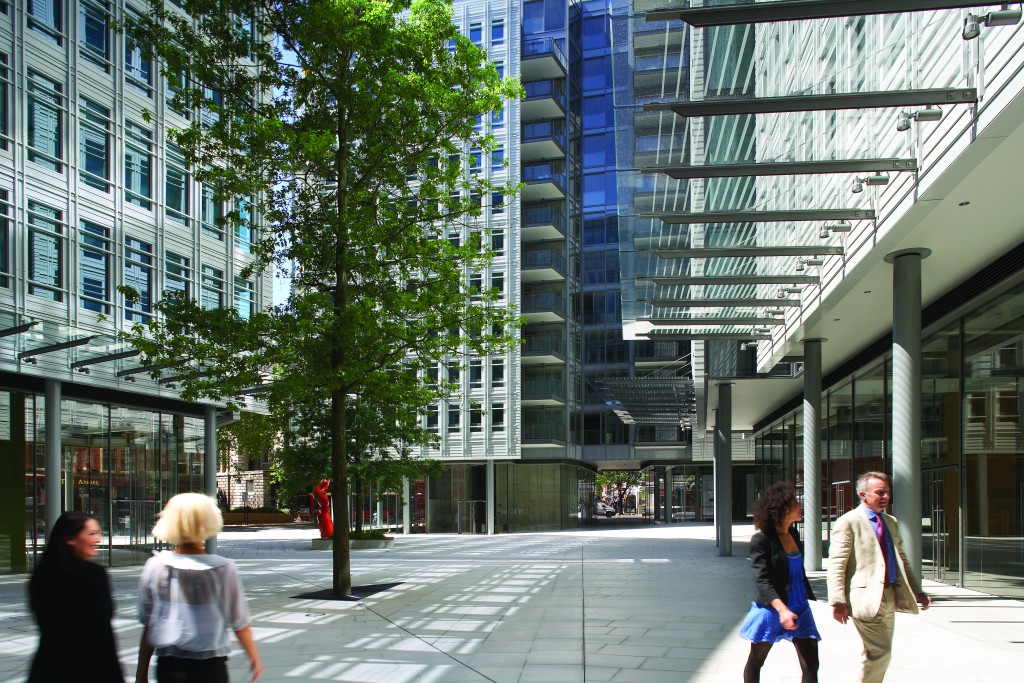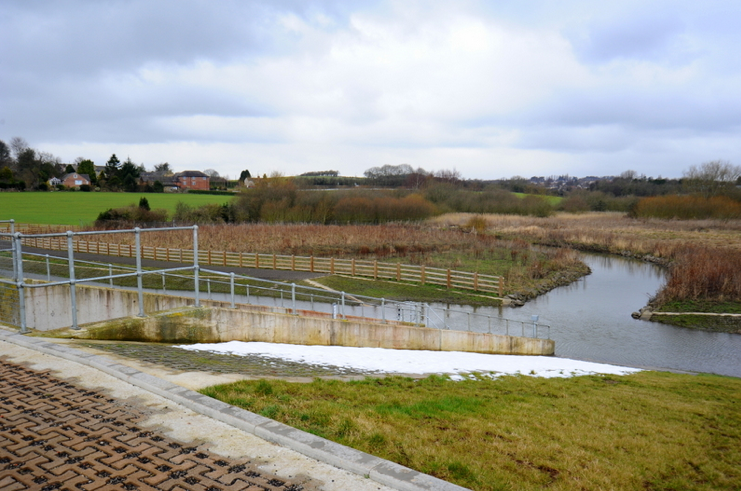
Sustainability is reaching an inflection point where the economics and returns for real estate investors and owners are driving greater investment. Green loans, which tie interest rates to property sustainability goals and energy performance, are expected to increase 467% to $42 billion in 2017[1].
GRESB is important to your Sustainability strategy and plan. You’ve spent months collecting energy data across your portfolio for GRESB submission. How do you now maximize the value of this data to increase your GRESB score and portfolio performance?
Real estate assets that adopt a proactive benchmarking strategy see immediate and sustained savings, translating into increased NOI and property value. Here are six steps to producing real returns utilizing energy data:
6 Steps to Producing Real Returns on Sustainability
1. Set Goals
Pick a target and measure performance against that goal. Depending on your motivations, you can set a variety of goals for your portfolio that are focused on sustainability, compliance, or savings targets. Portfolio-level goals can unite your team across regions and roles, and allow your asset and property management teams to align their efficiency efforts to common language and targets. Property-specific savings targets make corporate-level goals tangible for site staff, and enable on-site teams to communicate successes and setbacks to corporate or owners.
No matter the metric, setting specific, measurable goals across your portfolio, will give weight and predictability to your efforts, whether it’s for the environmental portion of your GRESB Real Estate Assessment, energy disclosure law compliance, or simply reducing your portfolio’s energy and water usage.
2. Focus on Inefficient Buildings
Even the strongest portfolio has inefficient buildings. Whether the inefficiencies stem from energy or water, benchmarking helps you zero in on a starting point, determine which buildings to focus on, and systematically tackle your inefficiencies.
If you measure the savings from one building and apply that knowledge to other buildings in the portfolio, your returns will get more predictable with each project. Take it one step further and apply those lessons during an acquisition to identify value-add potential in new properties.
3. Watch for, and fix, utility spikes
Abnormally high usage, with associated high bills, occurs in any multifamily portfolio. A study of over 8.5 million utility bills in the WegoWise database found that in a given month, 1 out of 20 utility accounts spike above normal usage. The average spike increases a monthly bill by 50%, so careful tracking of spikes and timely fixes can deliver immediate returns.
4. Implement Retrofits: The Key to Larger, Sustained Savings
With building owners collectively spending tens of billions of dollars on energy and water annually, improving efficiency and reducing utility costs represent a large short term financial opportunity. New Holland Residences, a New York City-based market-rate property management firm, spent over $1.6 million on its annual utility expenditures. It’s passion for elevating the living experience through innovation and sustainability for its 1500 residents, led NHR to start benchmarking its portfolio. After identifying the most resource-draining issues across its portfolio and implementing retrofits, NHR was able to cut utility costs by 15% across its portfolio and reduce water use by 40% at just one property.
5. Extend Success Across Your Portfolio
To maximize savings, it’s imperative that you extend the knowledge you’ve gained to your entire portfolio. By monitoring usage spikes and making smart retrofit decisions, you can achieve positive results. By applying the knowledge you gained in one building to others, those savings will scale.
But optimizing your operations is never done. Buildings are dynamic, and no building stays efficient relative to its benchmark indefinitely. Regularly monitoring the benchmarks of your buildings over time will enable you to maintain the performance of your portfolio over time.
6. Leverage Savings into Better Financing Terms
Sustainable, scalable energy and water savings improves NOI and asset value, and can add value by unlocking better financing terms and provide an improved opportunity to attract new investors. Fannie Mae’s Green Rewards and Freddie Mac’s Green Advantage programs offer reduced interest rates to borrowers who benchmark and report whole-building energy and water use. You can make smarter capital, equipment, and investment decisions by leveraging the opportunity cost of capital to other buildings to improve performance, or make additional property acquisitions.
By integrating the steps outlined above, you’ll quickly be on the path to fast, sustainable savings and long term success.
[1] WegoWise estimates based from projected green loan volume by Fannie Mae, Freddie Mac, and HUD.







